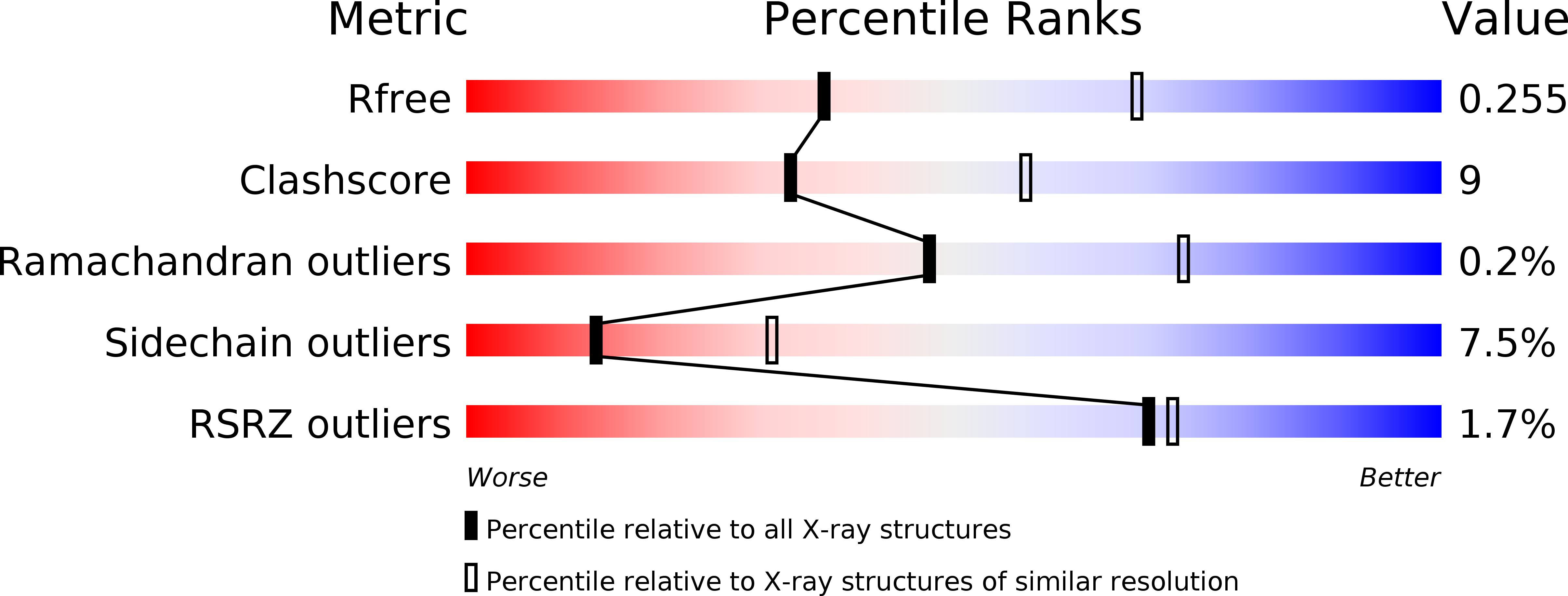
Deposition Date
2013-11-12
Release Date
2014-02-12
Last Version Date
2023-09-20
Entry Detail
PDB ID:
4NK5
Keywords:
Title:
Crystal structure of FabI-NAD complex from Candidatus Liberibacter asiaticus
Biological Source:
Source Organism:
Candidatus Liberibacter asiaticus (Taxon ID: 34021)
Host Organism:
Method Details:
Experimental Method:
Resolution:
2.70 Å
R-Value Free:
0.25
R-Value Work:
0.18
R-Value Observed:
0.18
Space Group:
P 32 2 1


